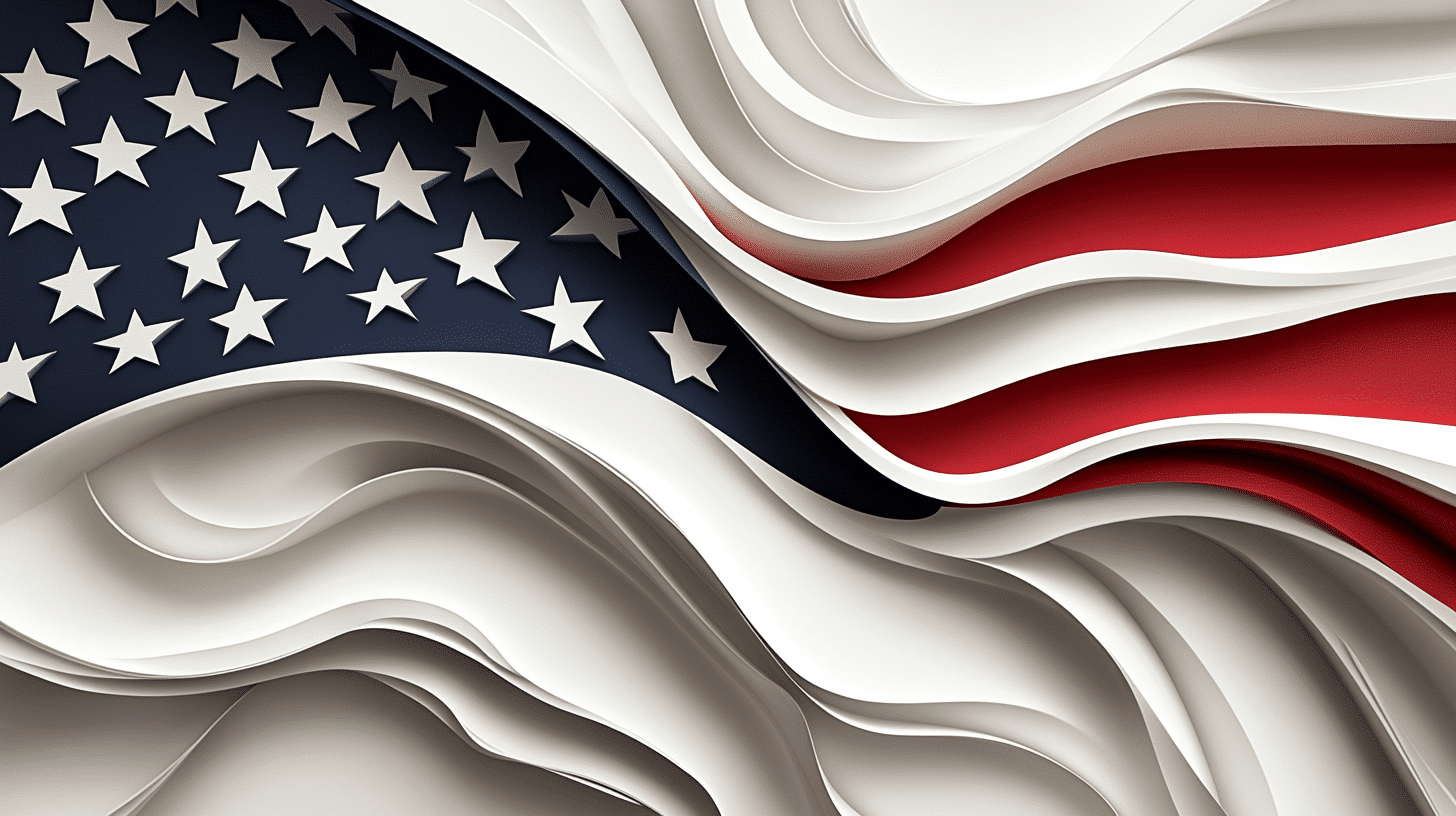What is Presidents’ Day?
Presidents’ Day, observed on the third Monday of February in the United States, is a federal holiday that honors the past presidents of the country, particularly George Washington, the first President of the United States, and Abraham Lincoln. Originally established in 1885 in recognition of President George Washington, it is officially known as “Washington’s Birthday.” Over time, the holiday has come to celebrate the accomplishments and legacies of all U.S. presidents. Presidents’ Day is a day for Americans to reflect on the country’s history and the leaders who have shaped its course.
History and Origin
The holiday was first implemented by an Act of Congress in 1879 for government offices in Washington and was expanded in 1885 to include all federal offices. Initially celebrated on Washington’s actual birthday, February 22, the holiday was moved to the third Monday in February in 1971 under the Uniform Monday Holiday Act. This shift aimed to provide American workers with more three-day weekends. Although the holiday is legally designated as “Washington’s Birthday,” it is commonly referred to as “Presidents’ Day” and is often regarded as a time to honor both Washington and Lincoln, whose birthday is February 12, as well as all other presidents.
Who Celebrates Presidents’ Day?
- General Public: Americans across the country observe the holiday. Many people take the day off as most schools, federal, state, and local government offices, and some businesses are closed.
- Retailers: Utilize the holiday for major sales events, promoting discounts and special offers.
- Educational Institutions: Schools and educational programs often use the week of Presidents’ Day to teach students about the achievements of the country’s presidents, particularly focusing on Washington and Lincoln.
- Civic and Historical Groups: Organize events and activities that celebrate the nation’s history and the legacy of its leaders.
Slogans and Themes
Presidents’ Day celebrations often emphasize themes of patriotism, leadership, and American history. Slogans such as “Honoring Our Nation’s Leaders” and “Celebrating American Presidency” reflect the day’s focus on recognizing the contributions of U.S. presidents to the country’s development and governance.
Colors, Symbols, and Patterns
- Colors: Red, white, and blue, the colors of the American flag, dominate the decorations and themes of the day.
- Symbols: Images of George Washington, Abraham Lincoln, and other presidents, as well as symbols of the presidency such as the White House and the Presidential Seal, are commonly associated with the holiday.
- Patterns: American flags, stars and stripes, and other patriotic motifs are prevalent in Presidents’ Day observances and decorations.
Most Used Hashtags
- #PresidentsDay
- #WashingtonsBirthday
- #AmericanHistory
- #Patriotism
How to Celebrate
- Educational Activities: Learn more about the lives, policies, and legacies of George Washington, Abraham Lincoln, and other U.S. presidents through books, documentaries, and visiting historical sites.
- Visiting Presidential Libraries and Museums: Take the opportunity to visit presidential libraries, museums, and historical sites dedicated to the presidents for a closer look at their contributions and personal histories.
- Participation in Community Events: Many communities hold special events, parades, and reenactments to celebrate Presidents’ Day.
- Reflecting on American Values: Use the day to reflect on the principles of leadership, democracy, and freedom that have shaped the United States.
Presidents’ Day serves as a tribute to the men who have led the United States, offering a time for reflection on the country’s history and the values that have guided its path. It’s a day to educate, celebrate, and remember the presidents who have contributed to the nation’s legacy.
